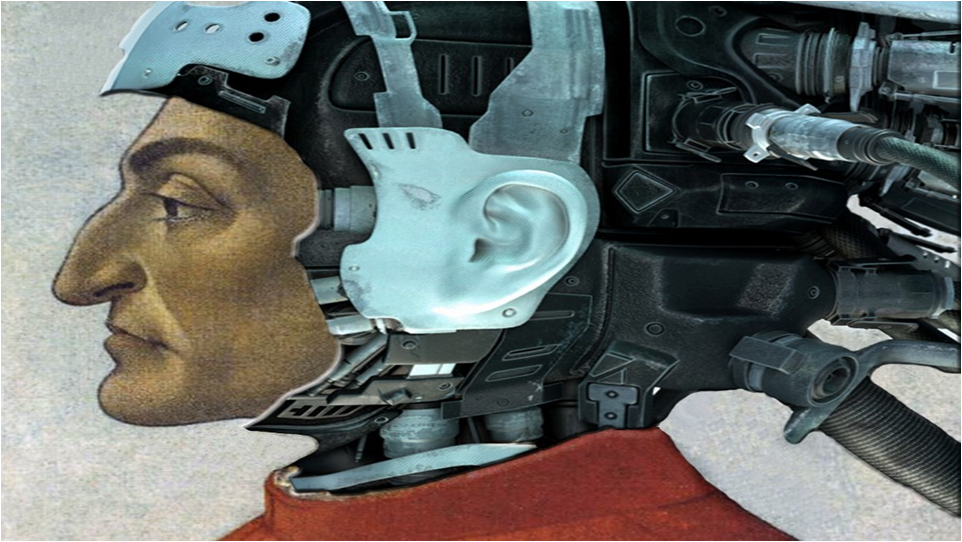
The Interactive Art – from product to process in the XXI century
From the inspirational talk given by prof. Fabio Viola at the Future Heritage Global Meeting promoted by the European Commission in Prague Oct 7-8th 2019.
“In the first fifty years of this century more content will be produced, more photos taken and more places visited than in the entire human age. We are witnesses of a social, economic, technological but above all human and scientific revolution.
A sudden acceleration never experienced before that is reflected in many of those experiences that today are part of our everyday lives: Facebook, Instagram, Twitter, Netflix, Youtube, Google, Ebay, Amazon (none existed until 20 years ago). Today they symbolize our way of thinking, acting and interacting with products and people.

The impacts of this post-industrial revolution, pervasive in our everyday life, are still poorly understood or completely ignored in the cultural sector that too often moves like an isolated monad in a hyper-connected world. Almost all of the decision makers, directors and curators in the cultural cluster are over 40, born and trained in a “pre-digital” era and this is contributing to a damaging twist towards the perpetration of established rituals and languages and codes. It is not meant to be a priori criticism, it is normal to be afraid of what is not settled in our genetic memory and even more of what replaces products, processes and experiences with which we have grown.
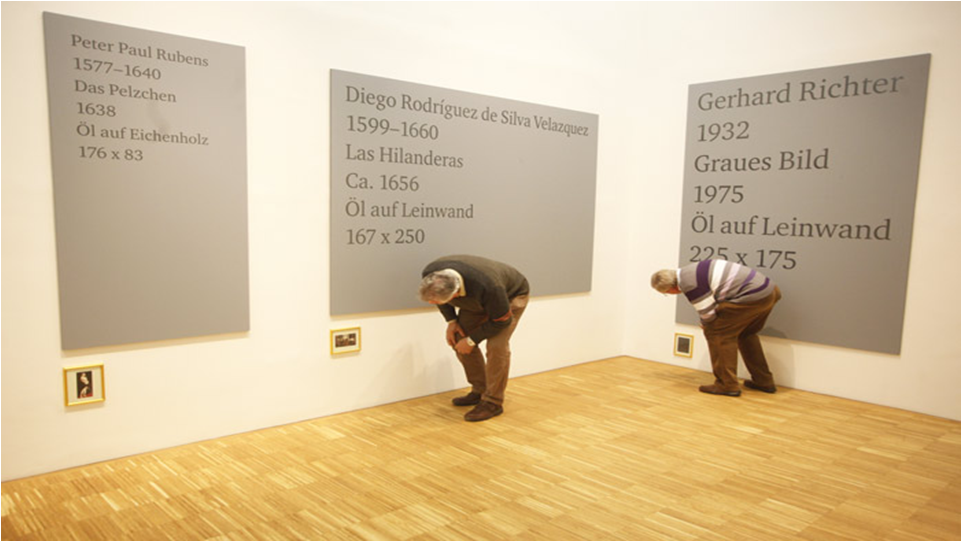
But this “physical vs digital” distinction that is typical of our way of thinking is much more nuanced, if not non-existent, in the first generation born after 2000. Gen Z, as marketers call it, was born in a world where they offer many more digital flowers than real ones. Experiences made atoms and bits coexist, interpenetrate and are never in antithesis. We are talking about millions of individuals who in the first months of life already have their own official internet domain purchased by their parents as a birth present and every moment of their existence is immortalized and shared for a few hours, before self-destruction, in the form of stories on some social networks.
1. Quanti di voi sanno che i romanzi della Americana Anna Todd sono stati letti oltre 2 miliardi di volte? A soli 30 anni è stata letta molto più di Kafka e Murakami messi insieme ed ha solo 30 anni. Romanzi scritti tramite smartphone e pubblicati sulla piattaforma di social writing and reading Wattpad. Centinaia di milioni di under 20 leggono e scrivono su quella piattaforma che sfugge ai dati ufficiali.
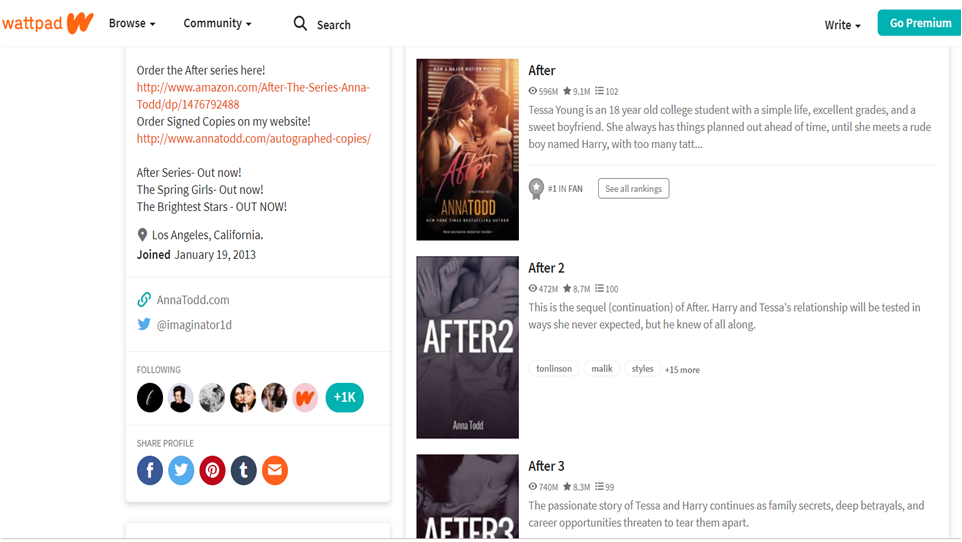
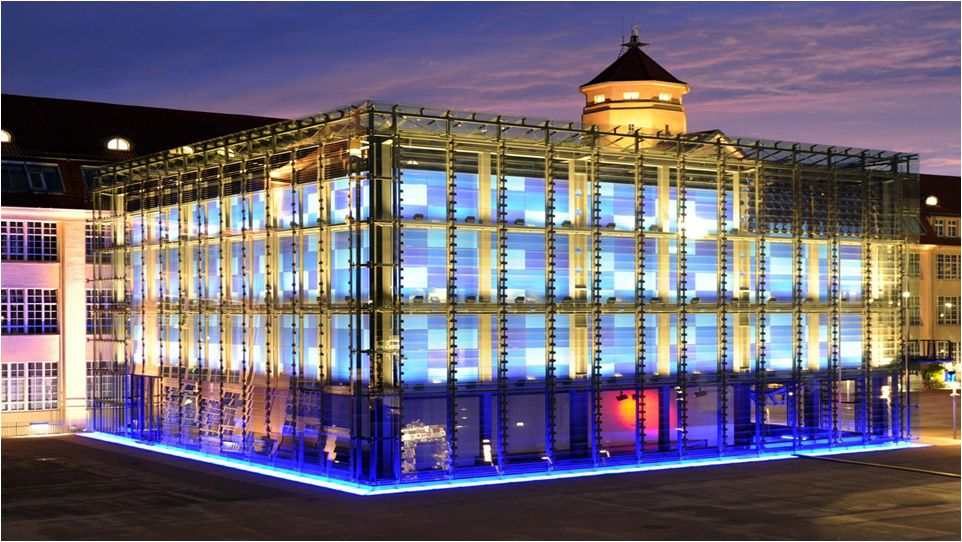
5.How many of you know that there is a museum where the average age of 250,000 annual visitors is under 35? This happens at the ZKM in Karlsruhe where art and technology come together to help design what I like to call augmented stratigraphy in which the cultural legacy of man and nature and new languages coexist that can reinterpret and actualize it.
Think about of Carrieres de Lumieres in France. Every year almost a million divisors go to a small mountain village of 3000 inhabitants to attend immersive exhibitions set up in an abandoned marble quarry given in concession by the community to the cultural enterprise CultureSpaces. Even closer to the flow of our discourse art by the Japanese collective Teamlab that has shown the world how the art of the 21st century is more and more a process than a product. Their interactive aesthetics, which can be visited at the Mori Building Digital in Tokyo, coexist with the bodily centrality of the visitors who are active agents in the artistic practice and in relation to the quantity and quality of their interventions alter the imaginary making it a process constantly in progress. By the way the place became instantaneily
Public and cultural institutions should start to look at Instagram, Candy Crash and Wattpad as models (and rivals) in the ability to reach, engage and make loyal the visitors with sustainable projects. More than a technological emulation, the key point is in understand the way in which these experiences are designed to be relevant to the single person more than to an undefined audience.
Why can’t our museums, theaters and libraries become active places of cultural production and not just of consumption? Attractive hubs able to attract creatives and makers from all over the world? Why can’t they be places where we imagine, draw and realize the future starting from the knowledge of our past? Without this change of vision, evolving end up by adopting miraculous solutions already seen years before in other sectors.
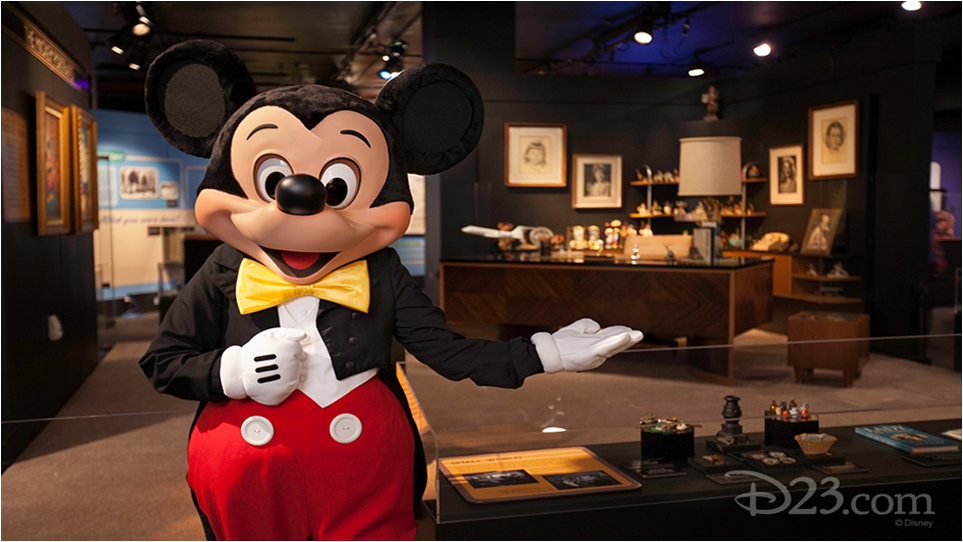
The mere idea of the audience centrality and the shift from the conservation to the production is seen as a threat to the credibility of the institution. Several papers talks about the “Disneyfication” effect, but it often hides the fear of directors and curators to lose power.
I wish there were plenty of Sir Henry Lyons (former director) out of there. He opened the Children’s Gallery at the Science Museum of London in the 1931 and he got two different reactions. Great review from the visitors (for the first time a worldwide museum opened its space to non specialists and even worst children) and the generalist press and critics from the established cultural professionals and even from the museum official newspaper.
Below the slides.